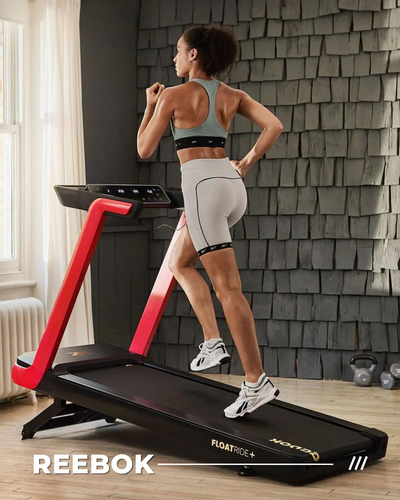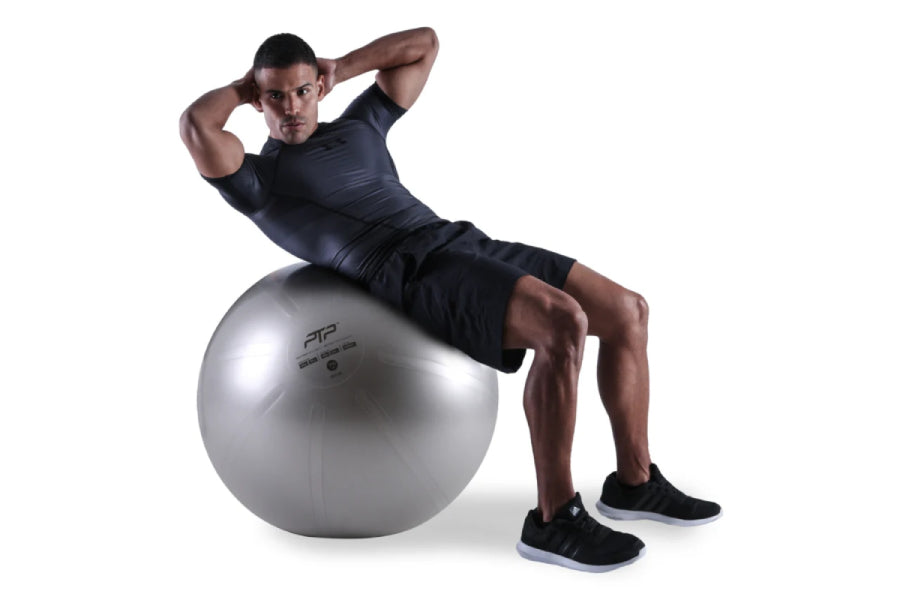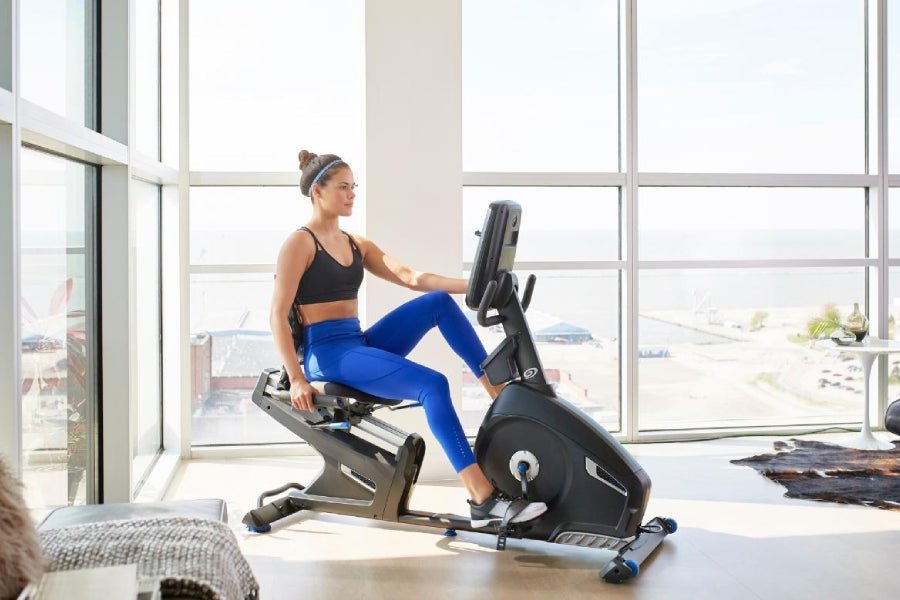Understanding Workout Splits: Full Body, PPL Or Upper-Lower
GYMSPORTZ PTE LTD | 22 Oct 2025

Choosing the right workout split can make a significant difference in your progress at the gym. Whether you are training for strength, endurance, or overall fitness, understanding how to organise your workouts is key to achieving consistent results. Among the most popular approaches are full body workouts, push-pull-legs (PPL) splits, and upper-lower splits. Each has unique benefits depending on your schedule, recovery rate, and goals.
What Are Workout Splits?
A workout split refers to how you divide your training sessions throughout the week. Instead of training every muscle group every day, splits allow you to target specific areas while giving others time to recover. For example, one day might focus on upper body exercises, while another targets lower body muscles. This structure ensures balance and adequate rest, helping you avoid overtraining and fatigue.
Splits also provide flexibility. Some people prefer training three times a week, while others may go up to six. The right split will depend on how often you can work out and how your body responds to training intensity.
Full Body Workouts
A full body workout trains all major muscle groups in a single session. Exercises usually include compound movements like squats, bench presses, rows, and overhead presses. This method is ideal for beginners or anyone who has limited time to train each week.
One of the key advantages of full body workouts is efficiency. You can target multiple muscle groups at once, burn more calories, and improve overall coordination. For example, pairing your resistance exercises with cardio equipment such as a water rowing machine or HIIT air bike can provide a balanced mix of strength and endurance training.
Full body workouts also promote balanced muscle development since no area is neglected. They’re great for building a foundation of strength and learning proper movement patterns before progressing to more advanced splits.
However, this type of training can become taxing if performed too frequently. Since the entire body is worked in each session, recovery time between workouts is crucial. Most lifters benefit from two to three full body workouts per week, ensuring enough rest between sessions.
Push-Pull-Legs (PPL) Split
The PPL split is one of the most popular and versatile workout structures. It divides training into three categories:
• Push: Chest, shoulders, and triceps
• Pull: Back and biceps
• Legs: Quadriceps, hamstrings, glutes, and calves
This approach allows you to train each muscle group more intensely while still giving enough recovery time before working it again. A typical PPL schedule might involve training six days a week, repeating the cycle twice, or doing three days with one day of rest in between.
The push day focuses on pressing movements like bench presses, shoulder presses, and dips. Pull day includes rows, pull-ups, and curls, while leg day features squats, lunges, and deadlifts. By splitting workouts this way, you can dedicate more attention to each group and achieve better muscle engagement.
PPL is ideal for intermediate to advanced lifters who want to train frequently and maintain high volume. It provides balance across all muscle groups, supports progressive overload, and fits neatly into a structured weekly routine.
However, beginners may find six training days a week difficult to sustain. For them, a three-day rotation with rest days in between might work better, allowing time for adaptation and recovery.
Upper-Lower Split
An upper-lower split divides the week into sessions focused on the upper body and the lower body. This structure typically involves four workouts per week: two upper body and two lower body sessions.
Upper days may include movements like bench presses, rows, and overhead presses, while lower days focus on squats, deadlifts, and lunges. This format allows you to train each major muscle group twice weekly, a proven frequency for building both strength and muscle size.
Compared to full body workouts, upper-lower splits give you slightly more training volume per muscle group. At the same time, they offer more recovery time than the PPL split, making them an excellent choice for those who want balance between frequency and rest.
Upper-lower splits also suit people with moderate experience who are ready to move beyond beginner routines but may not have the time or energy for six sessions per week. They’re versatile, sustainable, and easy to adjust based on goals.
Choosing The Right Split For You
The best workout split depends on your lifestyle, training experience, and goals. Each option has its strengths:
• Full body workouts: Best for beginners, those short on time, or anyone focused on total fitness and calorie burn. They’re also excellent for pairing strength with cardio sessions on machines like the HIIT air bike, which improves cardiovascular health alongside resistance training.
• PPL splits: Suitable for individuals seeking muscle growth and strength with higher training frequency. This structure offers more flexibility in exercise selection and
• Upper-lower splits: A balanced choice for intermediate lifters, providing ample rest and training variety throughout the week.
If you enjoy variety and can train four times per week, an upper-lower split is an excellent long-term structure. If you prefer fewer sessions but still want results, a full body routine might be more sustainable. Meanwhile, dedicated lifters who enjoy daily gym sessions often thrive on the PPL method.
Recovery And Adaptation
Regardless of which split you choose, recovery plays a major role in performance and progress. Muscles grow and adapt when you rest, not during the workout itself. Ensure you get enough sleep, maintain good nutrition, and manage stress to maximise your gains.
Incorporating active recovery days can also help, such as light cycling, walking, or rowing. Using a water rowing machine, for example, provides low-impact cardio that supports muscle recovery while keeping your joints mobile.
Remember to monitor your progress. If you notice persistent soreness or fatigue, you may need more rest or a reduction in training volume. Conversely, if your workouts feel too easy or progress stalls, it might be time to increase intensity or switch to a different split.
Consistency Over Perfection
Many fitness enthusiasts spend too much time worrying about the perfect training split. While structure matters, consistency is the real key to success. A well-designed routine that you can stick to consistently will always outperform a “perfect” plan that you cannot maintain.
Stay patient and track your progress over time. The ideal split is one that keeps you motivated, fits your lifestyle, and supports steady improvement. Whether your goal is muscle gain, fat loss, or improved endurance, building long-term habits will bring you closer to your objectives.
Conclusion
Workout splits provide structure, balance, and progression to your training routine. Whether you prefer full body sessions, a push-pull-legs cycle, or an upper-lower format, the best approach is the one that suits your schedule and keeps you consistent.
To complement your training, explore high-quality gym equipment and accessories from Gymsportz, where you’ll find everything from cardio machines to strength training tools that support your fitness goals.







